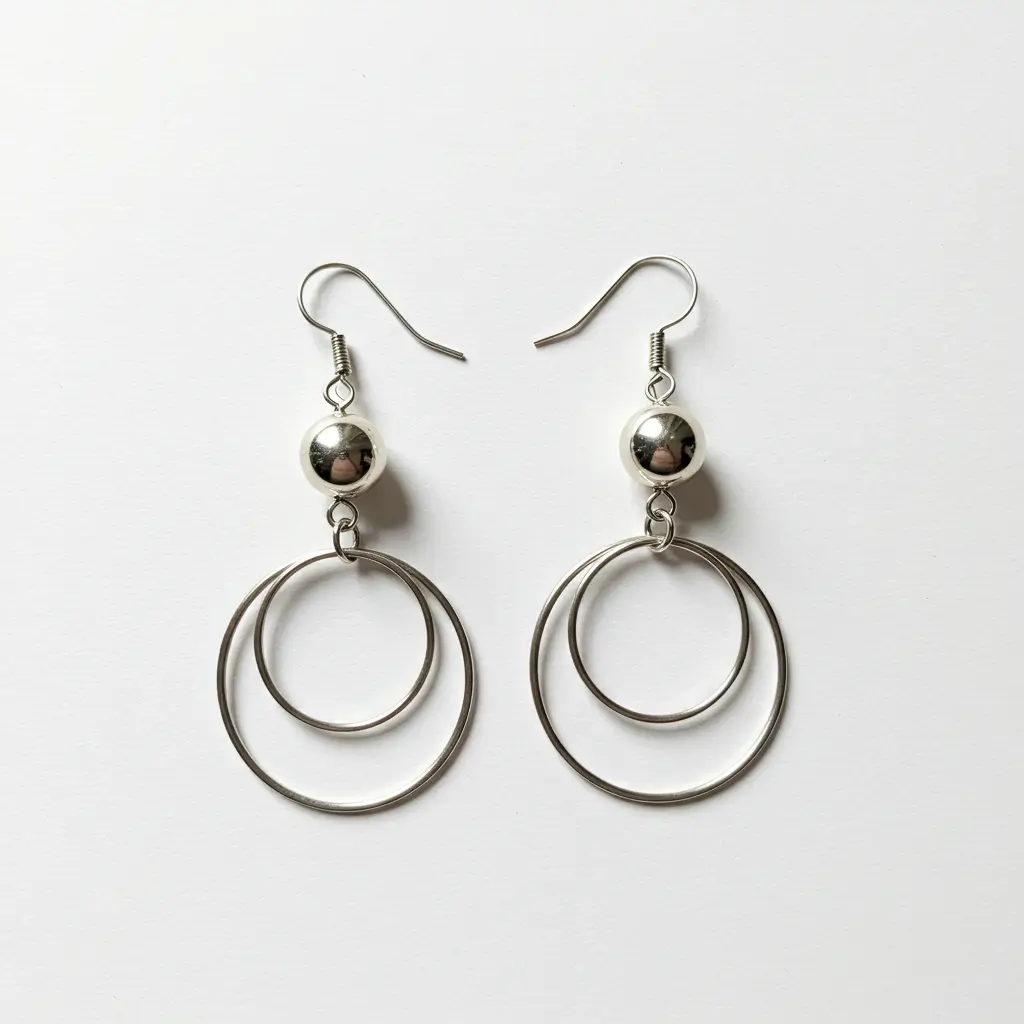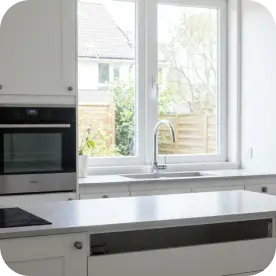AI Marketing Videos
That Drive Business Success
100% AI-Generated Videos,No Models,No Shooting

Trusted by Top-Tier Companies of All Sizes 👏

Generate Product Assets with AI,
Fit Any Product Anywhere Instantly
















































Loading...
100% AI-Generated Viral Marketing Videos
App Promotion
Let the avatar showcase your app to create a video
Product Marketing
Let the avatar hold your product to create a video
Try-On Video
Let the avatar wear your clothes to create a video
Real AI for video editing

AI script
Using GPT-4o, our tool learns from 5 million videos to write perfect scripts.

AI-powered clip selection and editing
AI automatically understands, selects, and edits your video clips.

AI voiceover
OpenAI and ElevenLabs provide lifelike AI voices for professional, engaging video content.

AI avatars
Our AI tool provides diverse avatars designed specifically for marketing.

AI auto-caption
AI auto-generates diverse subtitle styles for viral short videos.

20+ language support
Supports 20+ languages and AI voices for comprehensive video solutions.
The easiest way to create
product marketing videos
Boost your video efficienct by 5x with our web-based AI tool.
No skills needed, at just 5% of the cost of a professional editor
5x
production efficiency
0
editing skills required
5%
cost of real employees